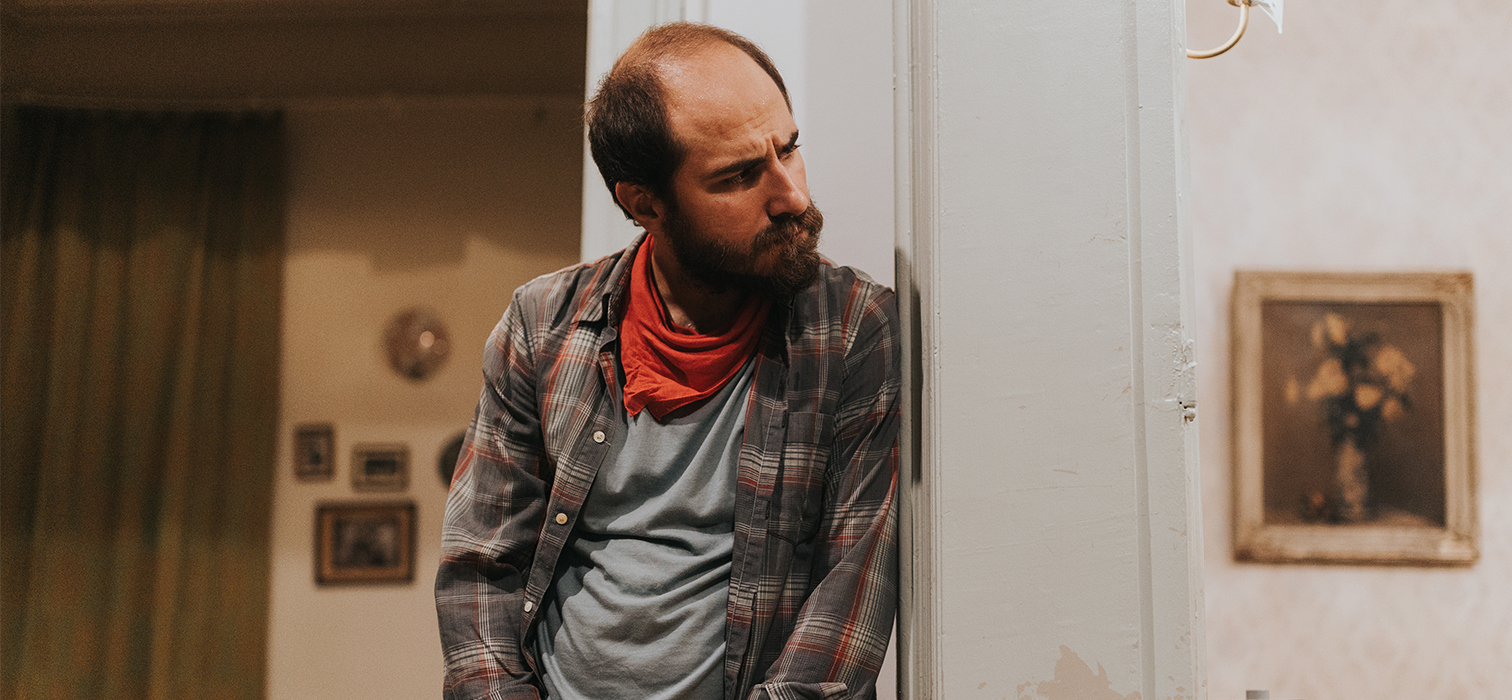
The legendary Freddie Mercury is one of the most idiosyncratic characters in music history. And he continues to sign songs, still.
One of the best news in the “barren” music market, especially for the forties and fifties when it comes to finding good things, was the emergence of a new Queen song in the second half of the year from Freddie Mercury’s voice. The song, which the band recorded as a lead singer of Mercury in 1988 but was not heard because it was not included in the album, was played for the first time by Ken Bruce from BBC Radio 2.
The emotional song “Face It Alone” was recorded while preparing the album “The Miracle”, which was released in 1989, but was dropped from the list because it was eliminated by the members and record label. Drummer Roger Taylor was the one who remembered the song years later and took it out of the drawer and announced it in June: “We found a little piece of jewelry from Freddie that we forgot”…
Actually, that wasn’t the only song sitting in the drawer. There were five other songs recorded at that time but not officially released. These tracks were added to the collector’s edition of the album and released to digital platforms in November last year. These songs were recorded during the preparations of the album “The Miracle” in London and Switzerland, when Freddie learned that he had HIV, but did not announce it to the press.

The first of the disasters that swept the world in the early nineties was AIDS. The most famous name that this disease, which is known for taking victims of celebrities, took away in 1991 was Freddie. Then the ensemble dispersed, and bassist John Deacon showed the best manners, retiring to his corner among the elements. Other members Taylor and guitarist Brian May have produced independent and mostly bad albums and projects (the best among them is the Star Fleet Project, which May did with Van Halen), while keeping the Queen myth alive and seeking ways to profiteer from it.
You may find the analogy absurd or sarcastic, as if it were taken from trendy American cartoons, but calling Freddie a “scene animal with a mustache” would be an understatement. This expression, which should be perceived as an embellishment rather than an insult, is appropriate to describe the big man who became a giant on stage. This is how Freddie, naked (sometimes athletic), dancing on stage with his chest hairs curled up, raising the charisma flag to the top, was portrayed in the imagination of his millions of fans, whose heart he enthroned.

Theoretically, the ensemble’s immersive atmosphere, impeccable vocal pattern, theatrical setup, and Freddie’s ballet-like movements indicated a perfect collectivism and common design. On the invisible side of Aysberg, Freddie’s power was in question, which was accepted by everyone.
Freddie was a true locomotive in the community, with the trains he had behind him. The shocking, enchanted stage show was another privilege. He was also the one who designed the costumes for all of the ensemble members, not just his own. Dressed in black velvet jackets, tight shiny trousers, long black hair, big silver jewelry, and black-painted nails, his brash mannerisms and slightly gay image, Freddie was the epitome of the community during the early Queen period. As before, Queen is still Britain’s most exclusive rock band ever. It is even ahead of The Beatles in statistics. This statistic makes us wonder why there is no community to replace Queen today. Zanzibar-born rock legend Freddie, whose real name is Farrokh Bulsara, is one of the most idiosyncratic characters in music history. He died in London on 24 November 1991, at the age of 45. Had he lived, he would have been 66 years old. And he continues to offer us songs, still…



